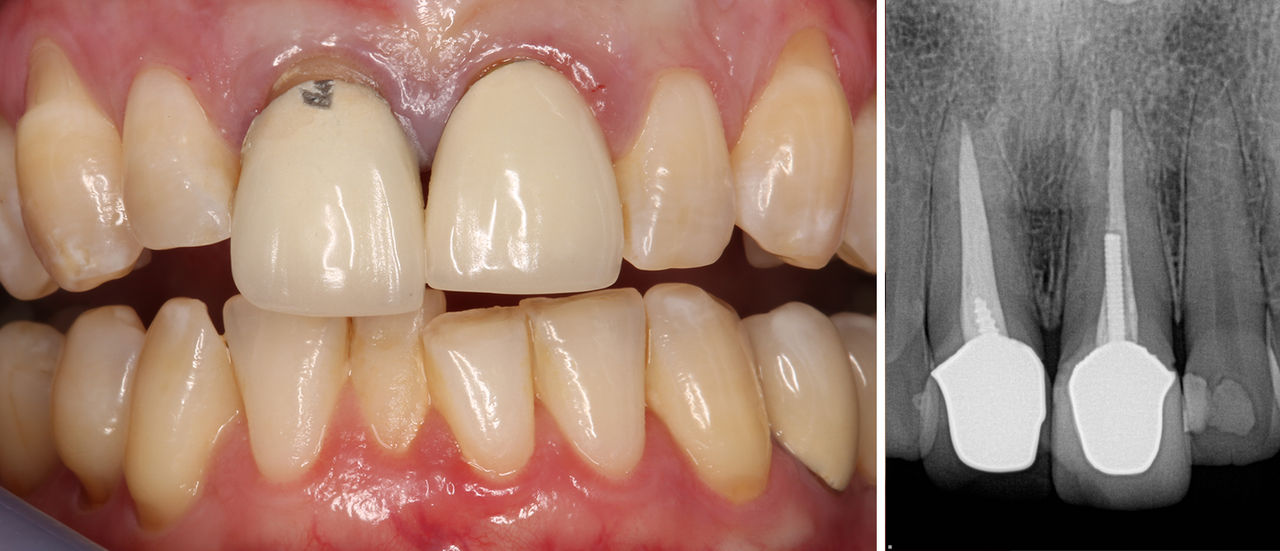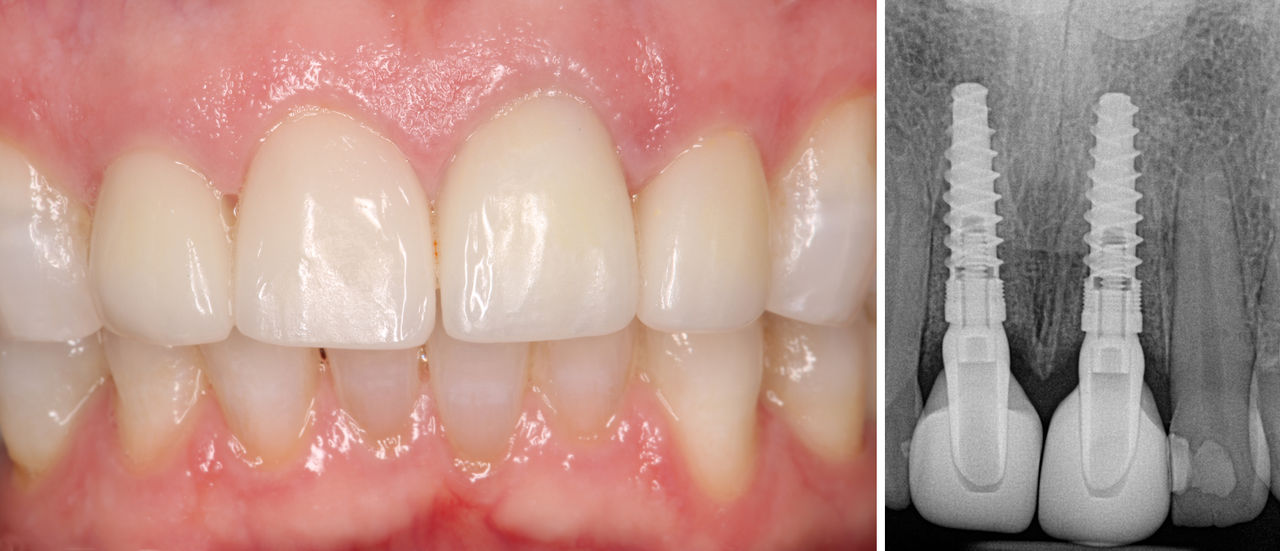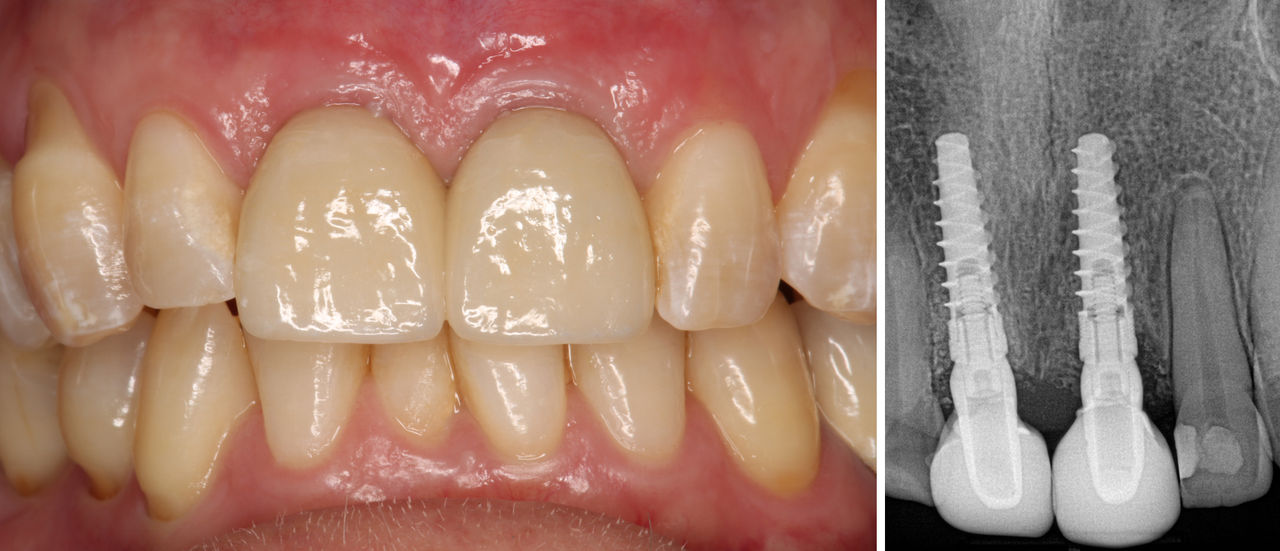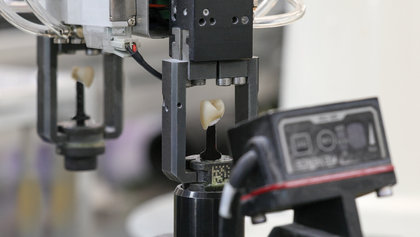When patients present for treatment with a broken tooth in the esthetic zone, they are typically in an urgent, even panicked, state of mind. In addition to the pain and compromised dental function, there is the fear that they will have to be around other people without the ability to talk and smile with their usual confidence. The extraction with immediate implant placement procedure is an invaluable service for such patients, as it quickly addresses their dental emergency in a single appointment. Since I have learned to perform this procedure, I have been able to extract the broken tooth, place an implant and deliver an immediate provisional restoration for nearly every patient who visits my office with a fractured tooth in the anterior.
In addition to addressing the urgent need of the patient, this procedure establishes an incredible reputation for your practice. Many patients are shocked that their broken tooth can be replaced on the very day they sought treatment, and are quick to tell their friends and family about their experience. And the final outcome is just as predictable as the results achieved through delayed implant placement, so you’re also providing a restoration that the patient can count on over the long term.1,2
Here, I will outline this life-changing and practice-building procedure, including diagnosis, tooth extraction, immediate implant placement, and immediate provisionalization. To illustrate each step, I’ll include a case report that shows how simple this procedure can be and the exceptional results it produces when the proper techniques, protocol and principles are observed. Implant and material selection are also important considerations, so I’ll discuss the implant system and biologics that have worked best for me in my practice.


















